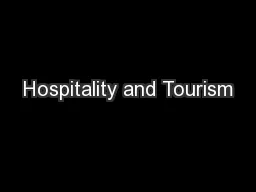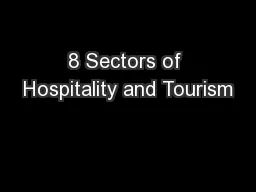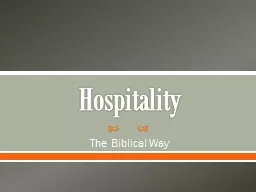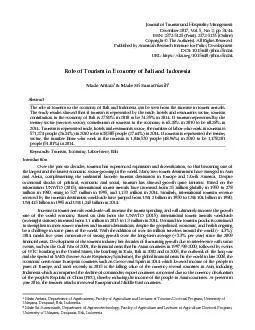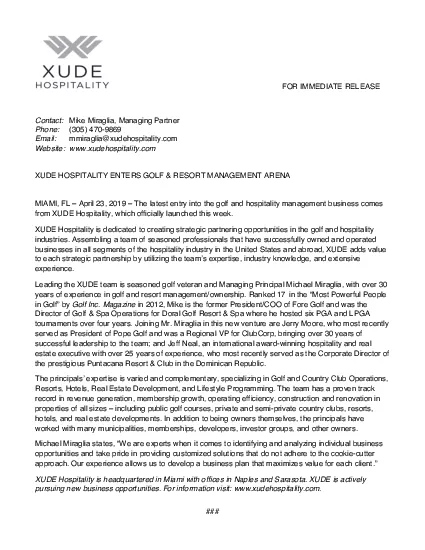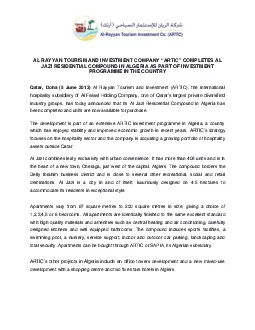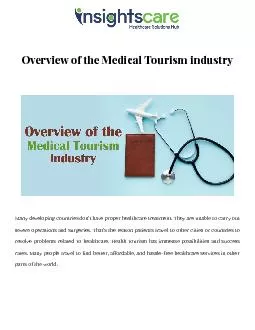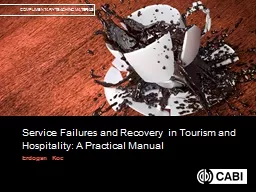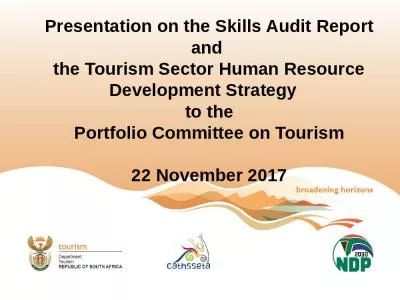PPT-Hospitality and Tourism
Author : lindy-dunigan | Published Date : 2017-07-10
Standard 3 Transportation Airlines How popular is air travel In times of peace approximately 8 million people take a plane trip each day Wright b rothers first
Presentation Embed Code
Download Presentation
Download Presentation The PPT/PDF document "Hospitality and Tourism" is the property of its rightful owner. Permission is granted to download and print the materials on this website for personal, non-commercial use only, and to display it on your personal computer provided you do not modify the materials and that you retain all copyright notices contained in the materials. By downloading content from our website, you accept the terms of this agreement.
Hospitality and Tourism: Transcript
Download Rules Of Document
"Hospitality and Tourism"The content belongs to its owner. You may download and print it for personal use, without modification, and keep all copyright notices. By downloading, you agree to these terms.
Related Documents

